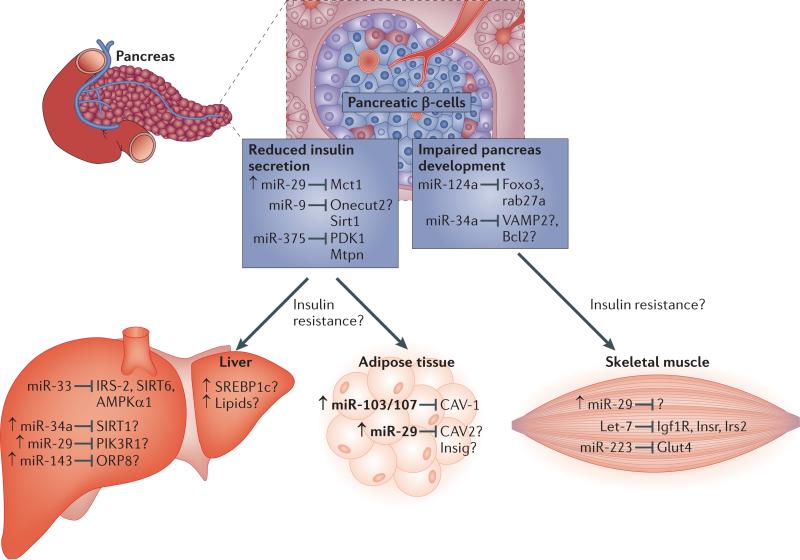Figure 2. MiRNA regulation of insulin signalling and glucose homeostasis.
Normally, upon feeding, insulin is produced in the pancreatic β-cells and upon release will reach target tissues such as the muscle, liver and adipose to cause uptake of glucose, reduce the production of glucose and to activate fat production and storage. MiRNAs have been identified that affect diverse parts of insulin signalling in pancreas, liver, muscle and adipose tissue. miR-124a and miR-34a are involved in pancreatic development (through effects on Foxo2, Rhab27a, VAMP2, and Bcl2), whereas miR-29, miR-9 and miR-375 are involved in insulin secretion (through Mct1, Onecut2, Sirt1, PDK1, and Mtpn). miR-33, miR-34a, miR-29 and miR-143 act in the liver on targets involved in insulin signalling and its regulation (such as IRS-2, SIRT6, AMPKa1, SIRT1, PIK3R1 and ORP8). miR-103 and miR-107 and miR-29 act to modulate insulin signalling in adipose tissue (through CAV-1 and Insig1, respectively). miR-29, let-7 and miR-223 act in the muscle on insulin uptake (Glut4) and insulin signalling (Igf1R, Insr and Irs2). Known and predicted targets that lack in vivo evidence are marked with a question mark. In disease conditions such as impaired insulin secretion or insulin resistance, several miRNAs are upregulated (marked with arrow).

